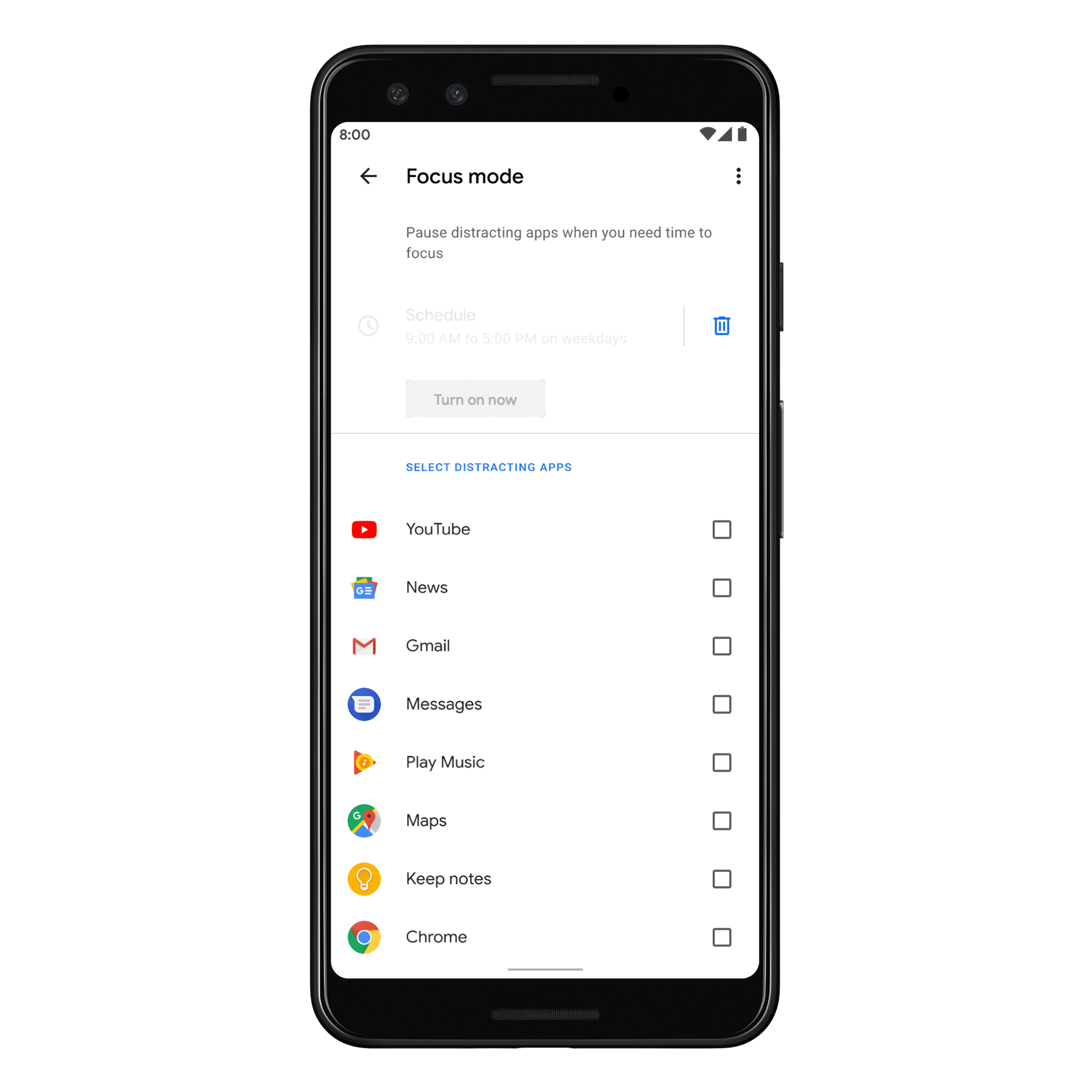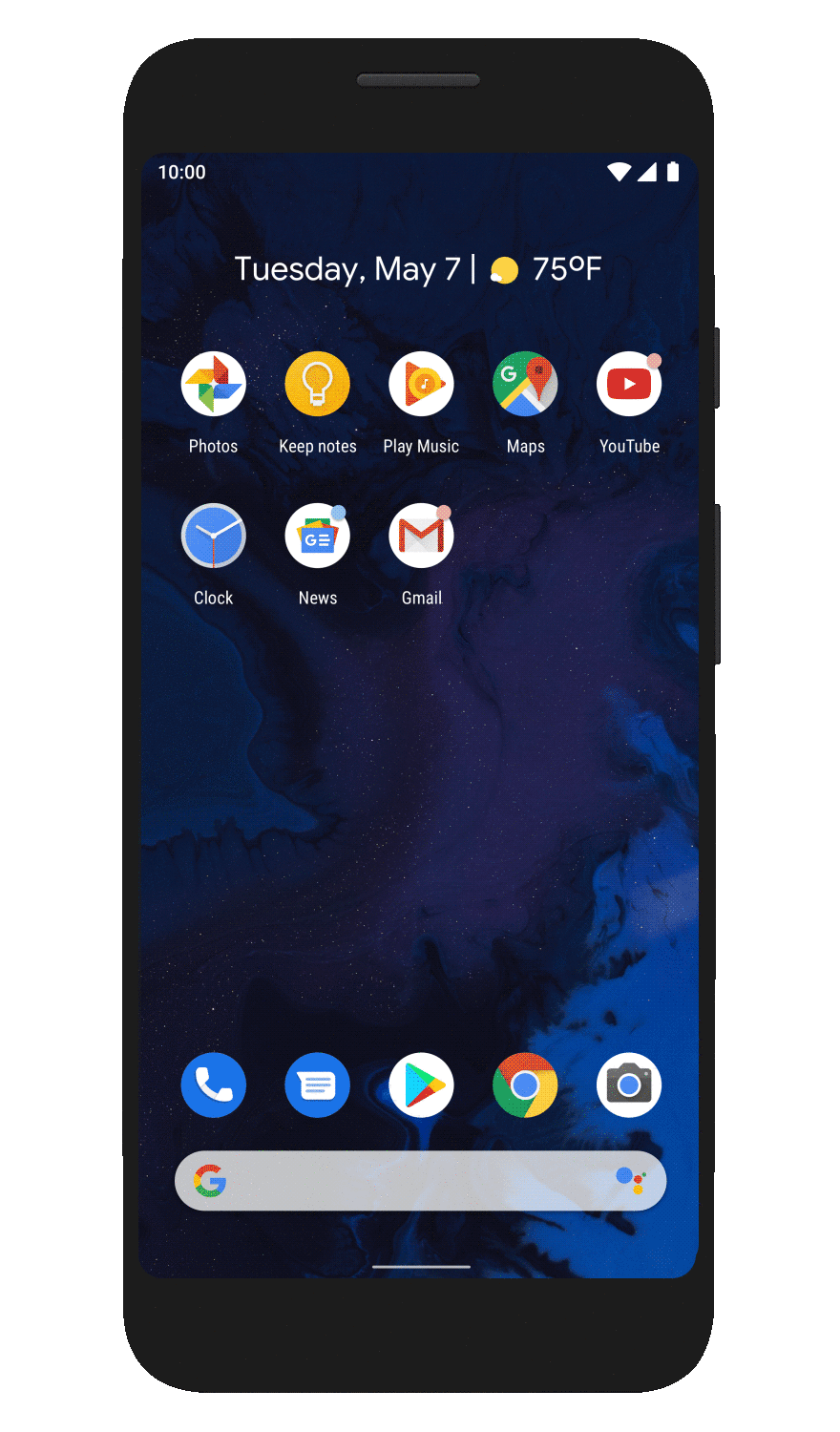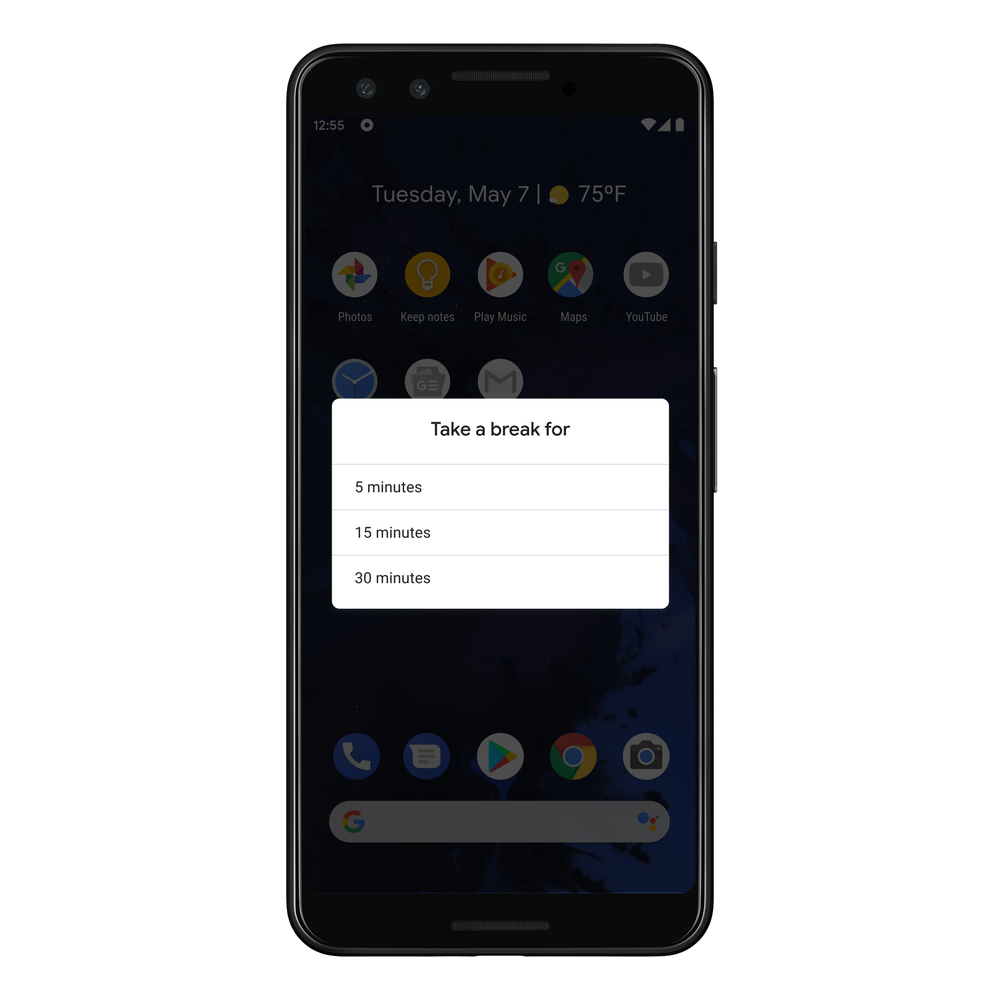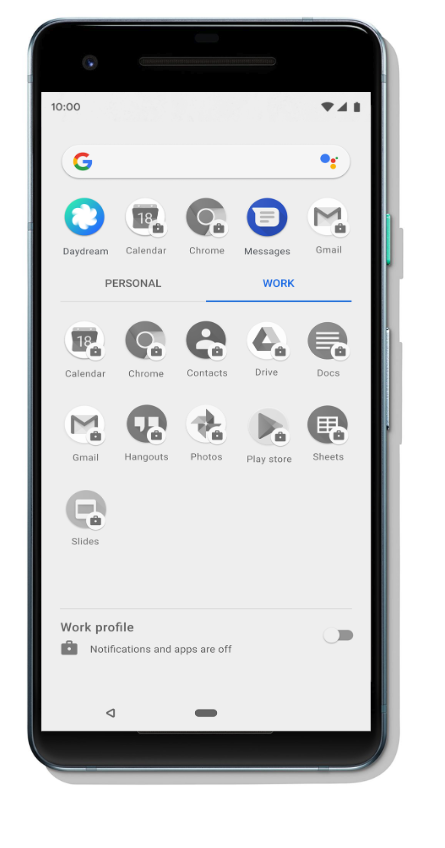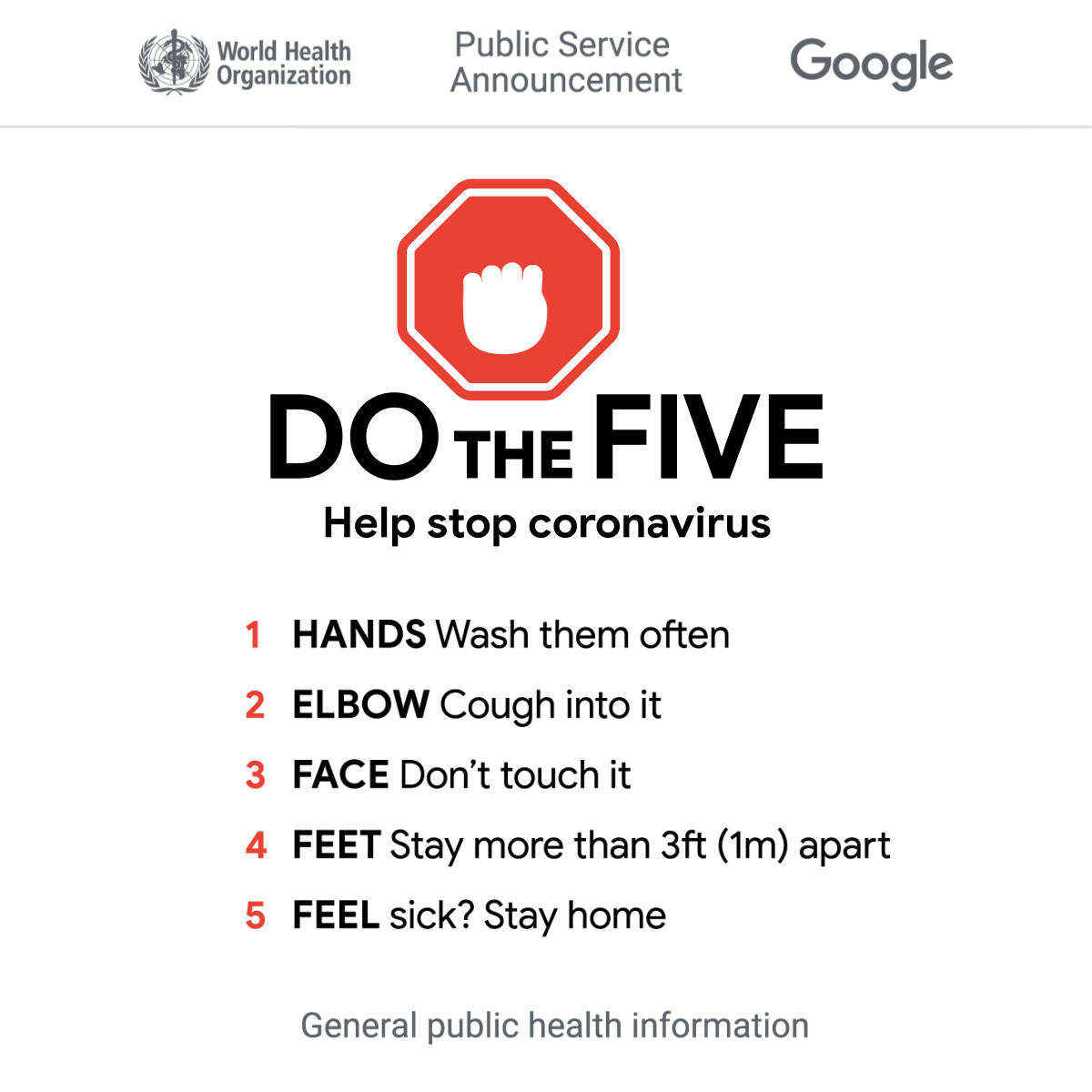For Women's History Month, we're profiling some of the powerful, dynamic and creative Canadian women at Google.For Natacha Mainville, innovation is in her DNA. Coming from a family of engineers, she’s always been enthused by problem-solving and critical thinking. She’s harnessed these qualities into a rewarding career in artificial intelligence.
Throughout her career, she’s led the charge on transformational programs. She touts these experiences as monumental moments that have helped her to identify ways to adapt work environments so that women can grow to their fullest potential.
She credits her success and desire to help women reach their full potential, to her work and home life. When I ask her what brunch is like at her home, she admits that she’s often amazed when she hears her 8-year old twin girls use words like “neural networks” and “deep learning” - something that naturally happens when both your parents work in AI! To Natacha, it’s two more reasons to keep breaking barriers for women in tech.
How would you describe your job at a dinner party to people who don't work in tech?I would start by polling the table (polling - a research instinct!) to know how many people have heard of artificial intelligence (AI). If there’s some recognition around the room, I would say I work with a team of brilliant AI researchers and engineers to push the boundaries of science.
But - if I’m met with many blank stares, I might instead say that I’m part of a global research team called Google Brain, that’s focused on research within the artificial intelligence space. Our goal is to improve people’s lives, and we empower researchers with the freedom to do ambitious, fundamental, and open machine learning research at Google. We foster strong connections and collaborations with academia, and explore research in various areas from visual understanding to arts to natural language understanding.
Was there something specific that pushed you toward your career in tech? I grew up in a family of engineers - my dad and brother are both computer engineers. I also married an engineer! Seeing this field up close at home made it easier for me to consider a career in tech. I originally chose to focus in computer engineering because it’s what I was exposed to, but I later found where I could better fit and uniquely add value.
You mentioned that seeing a career path at home helped you to choose yours. How important do you think that is for young girls?I think it is imperative for girls to see and know role models in the tech space in order to visualize that career opportunity. My passion is finding ways to introduce young children to careers in STEM, and consider the field as an option. In my previous work before Google I was the CIO at TandemLaunch inc., a deep tech startup incubator and was inspired to co-found a startup called Young Ladies in Tech. Our mission was to introduce girls to tech roles like software engineer, mechanical engineer, AI engineer and robotics. I still remember meeting a young girl who was 11 years old, who told me that her councillor suggested she pursue a career in teaching because she was a girl. After seeing our videos on different roles in tech, she asked me if it was too late for her. To her and to everyone - it is never too late to explore a career in tech and challenge yourself.
What do you want to see more of, when it comes to getting girls into STEM? I think continuing to create avenues and opportunities for young girls to see and explore a career in tech and AI. An exciting project I’m currently working on is a collaboration with Curium to launch an
AI Hub for youth. Working with experts in the field, we created fun and engaging videos that talk about AI in relatable ways for youth. The hub also includes worksheets for educators and is now live in schools in Quebec. We’re currently working on creating an English version so that we can educate and raise AI awareness in classrooms coast to coast. Stay tuned for more!
Let’s talk about AI. Is AI the next big thing?We interact with AI in so many different ways regularly, people don’t even realize it. Something as simple as receiving suggested language while you’re typing emails is AI in action!
For me what’s most exciting is seeing how AI is producing significant breakthroughs that are solving some of the world’s greatest challenges. We recently released research around using AI to
improve breast cancer screening. That’s only one example of the ways in which AI research will impact this generation!
What is the most challenging part of your job?When the Google Brain team started, it was growing exponentially every year, and expanding across the globe. We now have 12 locations around the world, and a key part of my role is to build bridges and make sure our teams are collaborating effectively to maximize our impact. When you consider different languages, time zones, interests and projects, this can be tough! But it’s a challenge I enjoy every day, and the stronger our community becomes, the better our collaboration and research outputs will be.
What is the most rewarding part of your job?My job is AWESOME. I love being able to help our researchers and engineers consider new ways to apply their research, or grow their research agenda and teams. Not to mention, I get to work with some of the most brilliant scientists in the world, including Canadians Samy Bengio and Hugo Larochelle.
What is your secret power that makes you successful?I think emotional intelligence and operational experience at scale are huge strengths of mine. I work on a team of highly skilled technical experts and scientists, so bringing a strategic approach to the team’s operations and growth, as well as empathy when navigating different research priorities and the people leading them is critical. Something as simple as offering praise, understanding different strengths of different team members, or enhancing communication to favour collaboration can create a stronger work culture.
What's one of the best pieces of advice you've ever gotten?Undoubtedly the best advice I’ve gotten is ‘who you work for matters’.
Make sure that you have a manager who inspires you, helps you grow, and advocates for you and your work. This can make a world of a difference to your growth, as well as your success. When interviewing for a new role, remember it is a two way interview. The organization is assessing you, but you should also be assessing to see if this organization is the right place for you. Don’t be afraid to ask a lot of questions to determine if you align to the organization’s culture and values and if it’s a place that will inspire you to do your best work.

